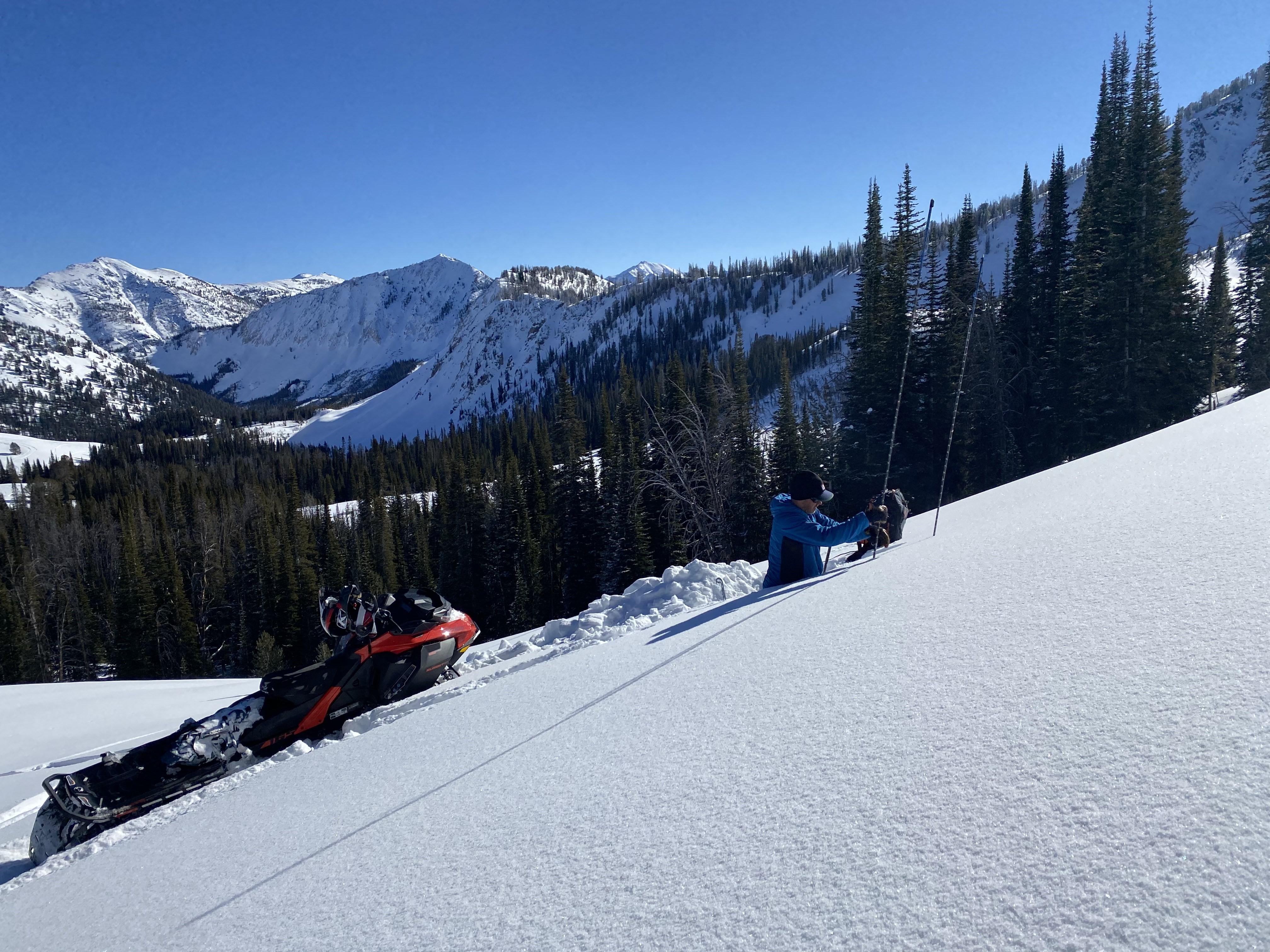
1 minute read
Accomplishments
Website Updates
Our web technology experienced significant improvements this season. We added an avalanche occurrence database and added locations to all of our observational data (pro and public field reports, and avalanche occurrences). This allowed us to display observation data on a searchable and filterable map-based interface.
Taking it one step further, we developed the Trip Planner web tool —the first of its kind among North American Avalanche Centers. Users can enter a location and get all of the relevant information for their day—avalanche forecast, observations, media, weather stations, and a point weather forecast—all in a convenient, one-stop-shop interface.

Motorized Outreach
In Idaho, 23 of the last 24 backcountry avalanche fatalities were snowmobilers or snowbikers. Three snowmobilers died in avalanches in Idaho this season, including one in the Smiley Creek drainage 8 miles SW of Galena Summit. Facilitating motorized avalanche education remains a top SAC priority. SAC forecasters and Friends of the SAC instructors reached over 900 motorized users this season through the Motorized Level 1 course, various speaking opportunities, and snowmobile club meetings.
Weekend Update
While we’ve done them informally in the past, we published Weekend Updates every Friday throughout the season, a total of 16 episodes. These live recordings reviewed the week’s happenings and offered insight on what weather and avalanche conditions to expect headed into a weekend. Beginner to advanced recreationalists, snow professionals, and visiting skiers and riders all benefited from these simple, concise recaps on snow conditions across the forecast area.
Videos from the Field
We received overwhelmingly positive feedback on our video content this season. SAC staff published 101 videos to social media—up from 40 last season. Videos were watched almost 500,000 times this year, a 600% increase in views! We focused on short, informative videos that addressed current conditions and recent avalanche activity. Concise, simple, videos reduced the formerly arduous task of video editing and allowed for more frequent and timely information from the field.










